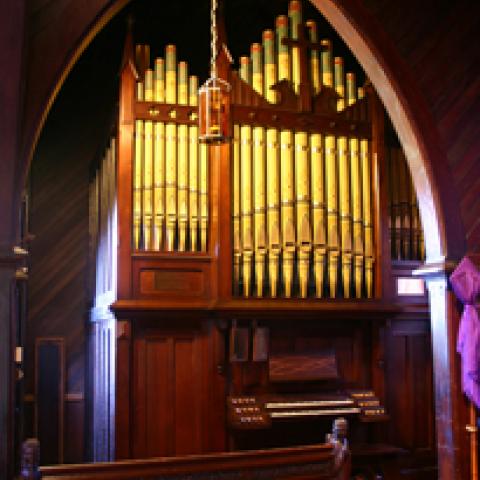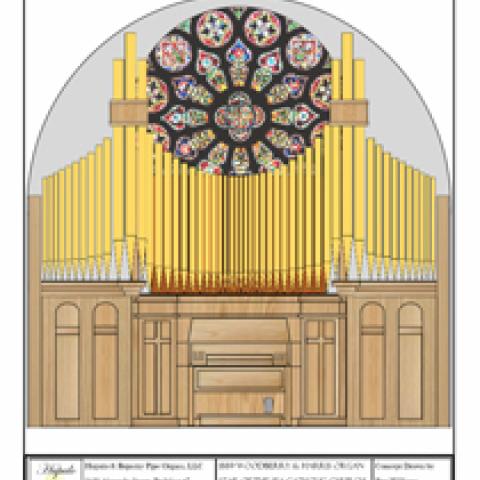
Stanford University Department of Music, Stanford, California, has contracted Hupalo & Repasky Pipe Organs, LLC of San Leandro, California, to consolidate, rebuild, and redesign their 1968 mechanical action Werner Bosch practice organ, opus 509.
Due to demand on the music department’s use of practice space, the redesigned organ will occupy half the floor space in a new configuration with new case and moldings of stained quarter sawn oak.
Two ranks will be added to the instrument, making it a 15-stop, 16-rank organ, playable on two manuals and pedals.
For information: 510/483-6905;
www.hupalorepasky.com.
Manual I
8′ Principal
8′ Gedeckt
4′ Octave
2′ Principal (half draw)
III Mixture (half draw)
II Sesquialtera
Manual II
8′ Holtz flute
4′ Rohr flute
2′ Principal
11⁄3′ Quint
8′ Oboe
Pedal
16′ Bourdon
8′ Bourdon
4′ Choral Bass
8′ Dulzian




